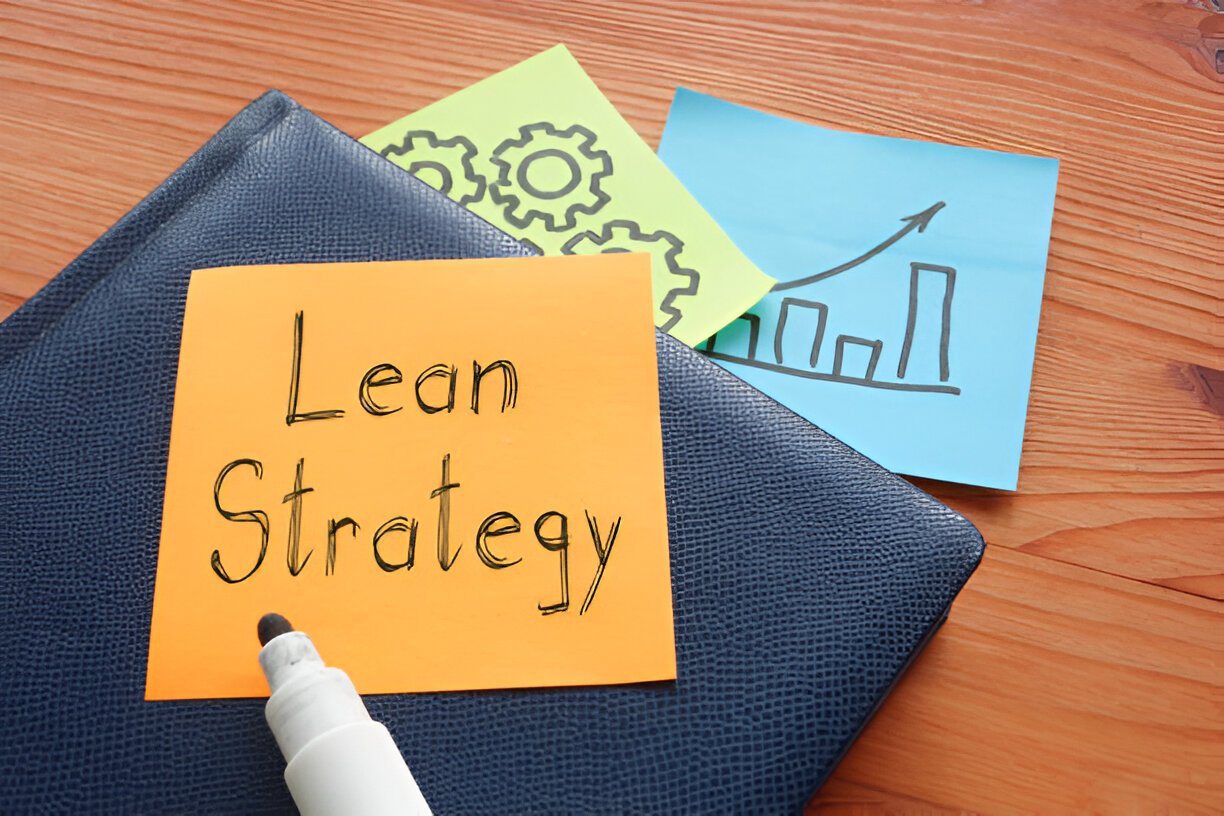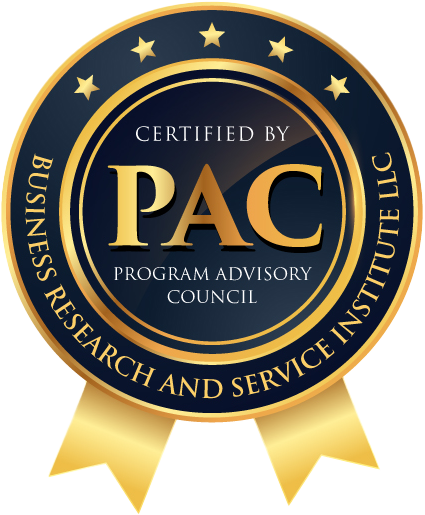Imagine running a business where every resource is used effectively, processes flow smoothly, and waste is almost nonexistent. Sounds like a dream, right? This is exactly what Lean System Management promises. It’s not just a framework but a mindset that businesses worldwide use to streamline operations and achieve remarkable growth.
In today’s fast-paced market, standing still is not an option. Companies that embrace Lean don’t just survive they thrive. So, what exactly is Lean System Management, and why is it such a game-changer for businesses? Let’s dive in.
What is Lean System Management?
Lean System Management is a business approach focused on maximizing value while minimizing waste. The term “waste” here doesn’t just mean trash or leftovers. It refers to anything that doesn’t add value to the end customer.
Born out of Toyota’s manufacturing practices in the mid-20th century, Lean principles have since been adopted by industries far beyond automotive. From healthcare to software development, the Lean methodology has proven its versatility.
Think of it as decluttering your business processes. You eliminate unnecessary steps, simplify workflows, and ensure that every effort contributes to delivering value.
Why is Lean System Management Important for Business Growth?
Let’s face it: no business likes inefficiency. Wasted time, wasted resources, and wasted money are the enemies of growth. Lean Management directly tackles these issues.
Companies that adopt Lean often see:
- Reduced operational costs.
- Faster delivery times.
- Improved customer satisfaction.
For example, Toyota reduced manufacturing defects dramatically by implementing Lean. Similarly, Amazon uses Lean principles to optimize its supply chain, ensuring rapid delivery and cost efficiency.
The beauty of Lean is that it’s scalable. Whether you’re a small startup or a global corporation, Lean can align your operations with your business goals.
Lean Management Principles
Lean operates on five foundational principles. These guide its implementation and help businesses achieve measurable results.
1. Identify Value
The journey begins with the customer. What do they value most? For example, if your customer prioritizes fast delivery, focus on streamlining your logistics. By understanding and prioritizing customer needs, businesses can eliminate non-essential activities.
2. Map the Value Stream
This involves visualizing every step of your process, from production to delivery. Mapping the value stream reveals inefficiencies and waste, enabling you to target areas for improvement.
3. Create Flow
Flow ensures that processes move smoothly without interruptions. For instance, in manufacturing, this could mean ensuring materials are always available when needed, preventing delays.
4. Establish Pull
Instead of overproducing and risking surplus inventory, Lean promotes a “pull” system. Produce only what’s needed when it’s needed. This reduces waste and keeps operations agile.
5. Pursue Perfection
Lean isn’t a one-and-done strategy. It’s an ongoing commitment to improvement. By fostering a culture of continuous refinement, businesses can stay competitive and innovative.
Lean Management Examples
Lean is versatile and adaptable across industries. Let’s explore some real-world examples:
1. Manufacturing
Toyota pioneered Lean with its Just-in-Time (JIT) system. JIT ensures that parts are produced or ordered only when required, reducing inventory waste and saving costs.
2. Healthcare
Lean has revolutionized hospital operations by streamlining workflows. For example, reorganizing ER processes has reduced patient wait times, leading to better outcomes and higher satisfaction.
3. Technology
In software development, Agile—a methodology inspired by Lean—has transformed project management. Teams deliver products faster by breaking tasks into manageable chunks and continuously iterating based on feedback.
4. Retail
Retailers use Lean to optimize inventory management and improve customer service. For example, Lean can help stores ensure that popular products are always in stock without over-ordering.
What are the 5 Pillars of Lean Management?
Lean isn’t just about processes—it’s about culture. These five pillars are the foundation of a successful Lean environment:
1. Respect for People
Employees are at the core of Lean. Empower your team, encourage collaboration, and value their contributions.
2. Continuous Improvement (Kaizen)
It emphasizes making small, incremental changes to improve processes over time. It’s not about big, dramatic overhauls but fostering a culture where employees continually look for ways to do things better. Kaizen promotes teamwork, creativity, and a proactive approach to problem-solving, leading to sustained business growth and operational excellence.
3. Value Stream Mapping
This pillar focuses on understanding the current process and identifying areas of waste. It’s a critical step in making meaningful changes.
4. Visual Management
Visual tools like dashboards and Kanban boards provide transparency. They help teams track progress and identify bottlenecks at a glance.
5. Just-in-Time (JIT) Production
JIT ensures that resources are used efficiently by producing only what’s needed. This reduces inventory costs and boosts responsiveness.
What are the 5 Primary Elements of Lean?
Lean’s success lies in its simplicity. These five elements keep it grounded and actionable:
1. Teamwork
A collaborative approach ensures that everyone works toward the same goal.
2. Communication
Clear communication aligns teams, reduces errors, and fosters a shared understanding of objectives.
3. Efficient Use of Resources
Every resource—be it time, materials, or manpower—is used purposefully.
4. Elimination of Waste
Lean targets seven types of waste, including overproduction, defects, and waiting times, to improve overall efficiency.
5. Flexibility and Adaptability
Lean encourages businesses to adapt quickly to changes in customer needs or market conditions.
Tools and Techniques in Lean Management
Lean management thrives on tools and techniques that drive efficiency. These tools simplify processes, reduce waste, and focus on improvement. Let’s explore the key ones:
1. Kanban
Ever feel like tasks are all over the place? Kanban fixes that. It’s a visual tool where work is displayed on boards. Tasks move through columns like “To Do,” “In Progress,” and “Done.”
Example: A marketing team uses Kanban to track campaigns, ensuring nothing slips through the cracks.
2. The 5S System
Think of this as cleaning, organizing, and staying consistent. The 5S steps are:
- Sort: Get rid of clutter.
- Set in Order: Arrange tools for easy access.
- Shine: Keep the place spotless.
- Standardize: Create routines to maintain order.
- Sustain: Stick with it daily.
Example: A coffee shop uses 5S to arrange supplies. Baristas find everything quickly, and customers get their orders faster.
3. Kaizen
Small improvements lead to big results. That’s Kaizen in a nutshell. It’s about encouraging every employee to suggest better ways of doing things.
Example: A call center reduces hold times after employees suggest a quicker way to handle common issues.
4. Value Stream Mapping (VSM)
This tool maps out every step in a process. It shows where time and resources are wasted and where improvements can be made.
Example: A delivery company identifies delays in its shipping routes. After adjustments, packages arrive faster.
5. Poka-Yoke (Error-Proofing)
Poka-Yoke is like adding a safety net to prevent mistakes. It makes errors hard to happen or easy to catch.
Example: Car dashboards beep when you forget to wear your seatbelt. That’s Poka-Yoke in action.
6. Just-in-Time (JIT)
Why stockpile products you don’t need yet? JIT ensures you have what you need when you need it, reducing waste and saving money.
Example: A bakery bakes only what’s ordered, avoiding leftover pastries at the end of the day.
7. PDCA Cycle
The Plan-Do-Check-Act cycle is simple but powerful. Plan changes, test them, check the results, and adjust for better outcomes.
Example: A small business tests a new pricing strategy. After analyzing sales, they tweak it for more profit.
8. Standardized Work
Lean emphasizes consistency. Documenting best practices ensures processes are reliable and efficient.
These tools aren’t just methods—they’re the building blocks of Lean success. Each one plays a role in creating smoother, faster, and better processes.
Challenges in Lean System Management
Implementing Lean isn’t always smooth sailing. Businesses often face:
- Resistance to Change: Employees may fear new processes.
- Misunderstanding Lean Principles: Poor implementation can lead to inefficiencies.
- Lack of Leadership Support: Without strong backing, Lean initiatives may fail.
Overcoming these challenges requires clear communication, proper training, and leadership commitment.
Future of Lean System Management
What’s next for Lean management? A lot! As businesses change, so does Lean. Here’s what the future holds:
1. Embracing Technology
Digital tools are reshaping Lean. Automation, AI, and IoT are speeding up processes and improving accuracy.
Example: Factories with IoT sensors predict machine failures before they happen, reducing downtime.
2. Sustainability and Lean
Lean’s focus on waste reduction aligns perfectly with green initiatives. Businesses are using Lean to reduce energy use and minimize environmental impact.
Example: A retailer switches to eco-friendly packaging, cutting waste and pleasing customers.
3. Expanding Across Industries
Lean isn’t just for manufacturing anymore. It’s helping healthcare, education, and IT streamline their work.
Example: Hospitals use Lean to reduce patient wait times and improve care quality.
4. Empowering Employees
The future of Lean is about people. Companies are encouraging employees to be active participants in innovation.
Example: A tech company holds monthly brainstorming sessions, turning employee ideas into actionable improvements.
5. Adapting to Remote Work
With remote work becoming the norm, Lean is evolving to fit virtual teams. Tools like digital Kanban boards keep everyone on the same page.
Example: A software team uses online collaboration tools to track progress and communicate seamlessly.
6. Customer Centric Lean
Businesses are using Lean to create amazing customer experiences. The focus is on delivering exactly what the customer wants.
Example: An e-commerce company speeds up delivery times and offers personalized product recommendations.
7. AI-Powered Lean
AI is taking Lean to the next level. It analyzes data quickly, identifies waste, and suggests improvements faster than humans can.
The future of Lean is exciting. It’s adapting to new challenges, embracing technology, and focusing on sustainability. Businesses that embrace these changes will stay ahead of the curve.
Conclusion
Lean System Management is more than a methodology—it’s a philosophy. By focusing on value, eliminating waste, and fostering continuous improvement, businesses can unlock unparalleled growth opportunities.
Whether you’re in manufacturing, healthcare, or technology, Lean offers a path to efficiency, innovation, and customer satisfaction.
Ready to unlock your business’s potential? Start your Lean journey today and embrace the power of smarter, streamlined operations.

Aftab Khan is a logistics specialist with over forty years of experience in all aspects of supply chain and logistics management. He is an engineer by training and holds an MBA, besides several certifications from APICS/ASCM, ISCEA, and BRASI. Mr. Khan is the Executive Director of Business Research and Service Institute LLC, USA.

We have been offering extensive and well-planned pieces of training in the field of economics, supply chain, and operations management. Our core purpose is to help industry professionals and businesses to succeed in an ever-evolving competency in the jobs market. Our cutting-edge training methods and up-to-date knowledge aligned with the latest industry trends and demands put our candidates in the lead amongst other job seekers and competitors in the market.
-
BRASI Editorial Team#molongui-disabled-linkSeptember 3, 2024
-
BRASI Editorial Team#molongui-disabled-linkOctober 8, 2024
-
BRASI Editorial Team#molongui-disabled-linkNovember 19, 2024








